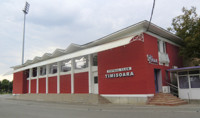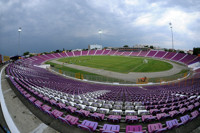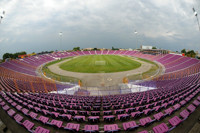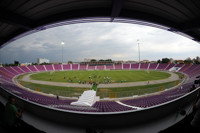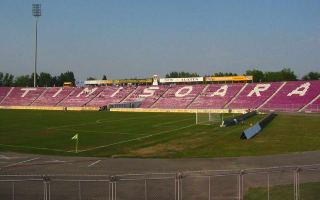Stadionul Dan Păltinișanu – until 2025
| Capacity | 32 972 |
|---|---|
| Country | Romania |
| City | Timișoara |
| Clubs | ACS Poli Timișoara |
| Retire year | 2025 |
| Floodlights | 1456 lux |
| Other names | Stadionul 1 Mai (1963–1990), Stadionul Politehnica (1990–1992), Stadionul Silviu Bindea (1992–1995) |
| Inauguration | 01/05/1963 |
| Construction | 1960–1963 |
Advertisement
Stadionul Dan Păltinișanu – historical stadium description
What was the former Dan Păltinișanu Stadium like, in brief?
Dan Păltinișanu Stadium was built between 1960 and 1963 and primarily served as the home ground for FC Politehnica Timișoara. The team finished as runners-up in the Romanian league twice and faced some of Europe’s top clubs at this stadium.
The stadium also hosted six matches of the Romanian national team, the 2007 Romanian Cup final, and various other events, including concerts.
The stadium had an elliptical shape, with massive earthen embankments surrounding the running track—a feature typical of many venues built in the Eastern Bloc during that period. In terms of capacity, it was the second-largest stadium in Romania.
In the early 21st century, the stadium was upgraded with, among other things, a video screen, floodlight masts, and purple seats. Despite these modernizations, its condition gradually deteriorated, and following a lighting failure during a match in early 2022, it was decommissioned.
For some time, plans had been in place to build a modern, football-specific stadium on the site. Consequently, in February 2025, the demolition of the old facility began, and its extensive embankments were removed within a few months.
When was Dan Păltinișanu Stadium built?
Construction of a large, representative stadium in Timișoara began on 25 July 1960. The work lasted three years and was carried out with an emphasis on keeping costs as low as possible, for instance by engaging workers from local factories.
The stadium was officially inaugurated on 1 May 1963, with a friendly tournament featuring four football clubs: the local team (then called Știința, from 1965 known as Politehnica), UTA Arad, Yugoslavia’s Velež Mostar, and Hungary’s Győri Vasas.
Who was the main tenant of Dan Păltinișanu Stadium?
For many years, the main tenant of the stadium was FC Politehnica Timișoara. While playing at this venue, the team won the Romanian Cup once (1980) and finished as runners-up in the national league twice (2009, 2011).
Thanks to the club’s participation in European competitions, the stadium hosted clubs such as Celtic FC, West Ham United, Atlético Madrid, Real Madrid, Sporting CP, Partizan Belgrade, Dinamo Zagreb, VfB Stuttgart, Anderlecht, AFC Ajax, and Manchester City.
After their second runner-up finish in 2011, the team was relegated to the second division due to financial debts, and a year later the club ceased operations. Two new “Politehnica” teams were established: one supported by the city and the university, and the other backed by fans. Ultimately, the first was dissolved in 2021.
From 2014, the stadium also served as the home ground for the successful rugby team SCM Rugby Timișoara.
What events took place at Dan Păltinișanu Stadium?
In addition to FC Politehnica matches, the stadium hosted six games of the Romanian national team, including one each in the World Cup and European Championship qualifiers. In one of the friendly matches, the hosts defeated the Soviet Union 2–1..
On 26 May 2007, the Romanian Cup final took place at the stadium, with hosts Politehnica losing 0–2 to Rapid Bucharest.
The venue also hosted music concerts, including a 1984 performance by Lepa Brena attended by 65,000 spectators, and a 2006 Shakira concert with 30,000 attendees.
What names did Dan Păltinișanu Stadium have?
The stadium, inaugurated on 1 May, was initially named 1 Mai Stadium. After the political changes in 1990, it was renamed Politehnica Stadium. Later, the stadium was named in honor of two footballers: from 1992 to 1995 its patron was Silviu Bindea, and from 1995 onward, Dan Păltinișanu.
Silviu Bindea, who passed away in 1992, spent much of his career at Ripensia Timișoara, winning national championship titles with the club before the war. He also represented the Romanian national team, including at the 1934 and 1938 World Cups, and after World War II he served as a coach for Politehnica.
The second patron, Dan Păltinișanu, died prematurely in 1995. He played for Politehnica from 1973 to 1983 and scored, among other achievements, the winning goal in the 1980 Romanian Cup final.
What did Dan Păltinișanu Stadium look like?
The stadium had an oval shape, with stands built on high earthen embankments, forming a wide ellipse around the athletics track. The roof covered only the central section of the western stand, where the VIP boxes were located. The stadium was situated approximately 2 km southeast of the city center.
Following renovations in the early 21st century, the stadium was equipped with floodlight masts and a big screen, and plastic seats in a distinctive purple color were installed, reflecting Politehnica’s club colors.
Initially, the stadium could accommodate 40,000 spectators, but after replacing benches with individual seats, capacity dropped to just under 33,000. It was the second-largest stadium in the country, after the National Stadium in Bucharest, which was later replaced by the Arena Națională.
Why was Dan Păltinișanu Stadium closed?
Despite renovations in the early 21st century that kept it among the country’s best stadiums, its condition began to deteriorate rapidly. The settling of the earthen embankments was one issue, but even newer elements, such as recently installed seats, started to show signs of wear.
During a league match between Poli Timișoara and Petrolul Ploiești on 24 February 2022, the stadium’s lighting failed twice. The match was abandoned, and the visiting team was awarded a walkover. The following day, the stadium was permanently decommissioned.
When was Dan Păltinișanu Stadium demolished?
On 16 February 2025, the stadium hosted its farewell event, which included exhibition matches and concerts, culminating in a performance by the band Cargo.
Demolition of the stadium began on 24 February 2025. The work was entrusted to SMZ Impex, which was given eight months to complete the project. Most of the old earthen embankments were dismantled within the first few months.
When will the new Dan Păltinișanu Stadium be built?
The old Dan Păltinișanu Stadium was demolished not only due to its poor condition but also in connection with long-standing plans to build a modern, football-specific stadium on the site, discussed since 2012.
The project is expected to be primarily funded by the state budget. The new Dan Păltinișanu Stadium will have a capacity of 30–32,000 spectators and will also rank among the largest stadiums in the country. If everything goes according to plan, construction could begin in summer 2026, with completion expected in the second half of 2028.
Advertisement
Pictures
2025
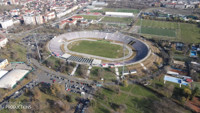
24.01.2025 © frameD Future PRODUCTIONS 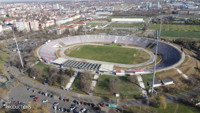
24.01.2025 © frameD Future PRODUCTIONS 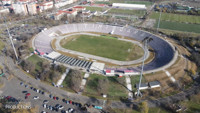
24.01.2025 © frameD Future PRODUCTIONS 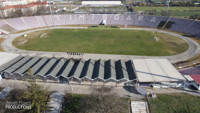
24.01.2025 © frameD Future PRODUCTIONS 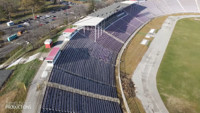
24.01.2025 © frameD Future PRODUCTIONS 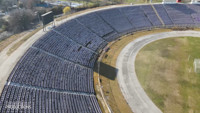
24.01.2025 © frameD Future PRODUCTIONS 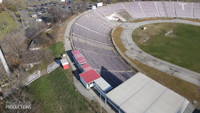
24.01.2025 © frameD Future PRODUCTIONS 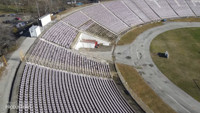
24.01.2025 © frameD Future PRODUCTIONS 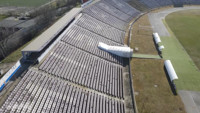
24.01.2025 © frameD Future PRODUCTIONS
2013
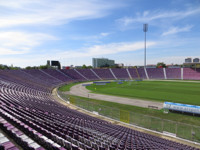
06.10.2013 © Mister No (CC BY 3.0) 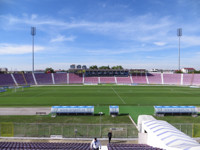
06.10.2013 © Mister No (CC BY 3.0) 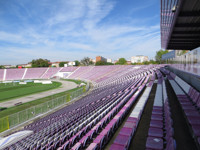
06.10.2013 © Mister No (CC BY 3.0)
2010
2009
2006
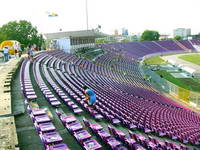
29.07.2006 © Frank Jasperneite 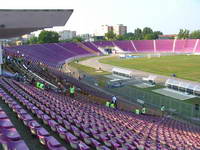
29.07.2006 © Frank Jasperneite 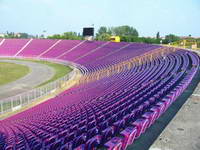
29.07.2006 © Frank Jasperneite 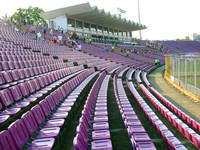
29.07.2006 © Frank Jasperneite 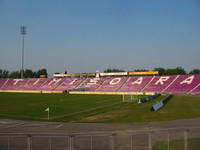
29.07.2006 © Frank Jasperneite 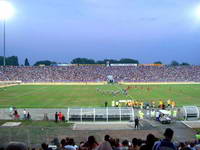
29.07.2006 © Frank Jasperneite
2004
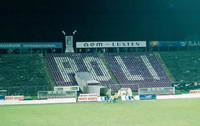
09.04.2004 © groundhopping.de 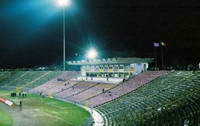
09.04.2004 © groundhopping.de 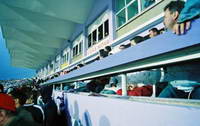
09.04.2004 © groundhopping.de 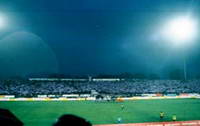
09.04.2004 © groundhopping.de 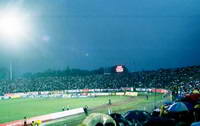
09.04.2004 © groundhopping.de 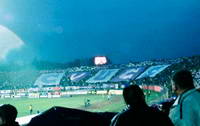
09.04.2004 © groundhopping.de
 StadiumDB
StadiumDB